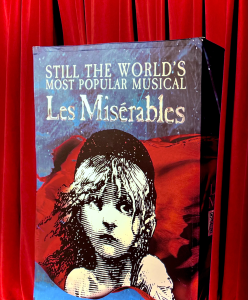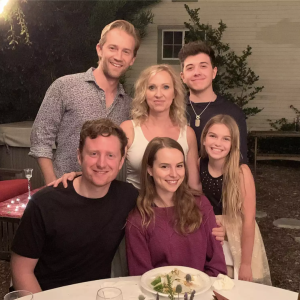Sexual Health at LBHS

June 13, 2018
Statistics
- Youth aged 13 to 24 accounted for more than 1 in 5 new HIV diagnoses
- 51% (31,300) were living with undiagnosed HIV—the highest rate of undiagnosed HIV in any age group.
- Only 10% of high school students have been tested for HIV.
- 43% of all sexually active high school students did not use a condom the last time they had sexual intercourse.
January 1, 2016, this law integrates the instruction of comprehensive sexual health education and HIV prevention education. The bill renamed the California Comprehensive Sexual Health and HIV/AIDS Prevention Education Act to the California Healthy Youth Act. The bill requires school districts to ensure that all pupils in grades seven to twelve, inclusive, receive comprehensive sexual health education and HIV prevention education.
The California Healthy Youth Act, Education Code (EC) sections 51930-51939 External link opens in new window or tab., has five primary purposes:
- To provide pupils with the knowledge and skills necessary to protect their sexual and reproductive health from HIV and other sexually transmitted infections and from unintended pregnancy;
- To provide pupils with the knowledge and skills they need to develop healthy attitudes concerning adolescent growth and development, body image, gender, sexual orientation, relationships, marriage, and family;
- To promote understanding of sexuality as a normal part of human development;
- To ensure pupils receive integrated, comprehensive, accurate, and unbiased sexual health and HIV prevention instruction and provide educators with clear tools and guidance to accomplish that end;
- To provide pupils with the knowledge and skills necessary to have healthy, positive, and safe relationships and behaviors
What schools CAN’T teach
Abstinence from sexual activity and injection drug use shall be taught within the context of comprehensive sexual health and HIV prevention education (EC 51934 (3), however, abstinence-only education is not permitted in California public schools.
This chapter does not apply to description or illustration of human reproductive organs that may appear in a textbook, adopted pursuant to law, if the textbook does not include other elements of comprehensive sexual health education or HIV prevention education as defined in EC Section 51931.
This chapter does not apply to instruction, materials, presentations, or programming that discuss gender, gender identity, gender expression, sexual orientation, discrimination, harassment, bullying, intimidation, relationships, or family and do not discuss human reproductive organs and their functions.
Dr. Korey Jorgensen
Laguna Beach Community Clinic (LBCC)
What is the safest way to prevent STDs for both men and women?
Safest way to prevent STDs – abstain from sex. Because many elect not to abstain, use condoms for intercourse. Oral sex is not zero risk, but it is much lower risk.
What should a person do if they think they may have been exposed to an STD?
Anyone who thinks they might have been exposed to an STD should get tested. And while they’re at it, get tested for other STD’s also, since they’re all spread by unprotected sex.
Can high schoolers get free testing and where?
Anyone can get free HIV testing at LBCC – no appointment needed, Monday – Saturday, results while you wait – and it is anonymous. (LBCC is the clinic on 3rd Street, next to the senior center; it is not Sleepy Hollow medicine on Ocean Ave near the bus station – it costs money there.) For a complete checkup for STD’s, make an appointment; parental permission is not needed for those over age 14.






